Throughout history, pubs have transcended mere establishments, evolving into vibrant centers of social interaction and cultural exchange. From ancient taverns to modern watering holes, pubs have historically served as gathering places where stories, traditions, and communities are born. Whether it’s the camaraderie of a pub crawl in Ireland or the shared memories of a night out with friends, pubs hold a unique place in the tapestry of human history. This article delves into the fascinating journey of pub gatherings, exploring everything from traditional pub crawls to the role of taverns in shaping colonial societies. We’ll examine how pubs have adapted through the ages, from their humble beginnings in ancient civilizations to their current status as cornerstone community gathering places. Join us as we uncover the rich history of pub gatherings, celebrating their enduring legacy and continued relevance in our modern world.
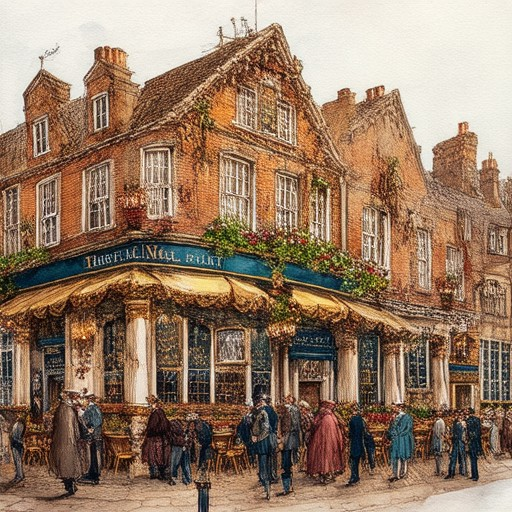
What is the Origin of Pub Culture?
The origins of pub culture can be traced back to ancient times, with roots in the taverns of Roman Britain and the alehouses of Anglo-Saxon England. These early establishments served as gathering places for travelers and locals, often offering food, drink, and shelter. Over centuries, pubs evolved, blending into the social fabric of communities.
During the medieval period, monasteries and inns played significant roles in providing shelter and refreshment for pilgrims and traders. By the late medieval era, these establishments had become more formalized, laying the groundwork for what would later become modern pubs.
By the 18th and 19th centuries, the Industrial Revolution brought about major changes to pub culture. The rise of urban centers and the growth of the working class led to the proliferation of public houses, which became central to social and cultural life. Pubs became hubs for literature, music, and political debates, solidifying their place as community spaces.
Today, pubs remain an integral part of British and Irish culture, reflecting a rich history of tradition, community, and social interaction. From historic inns to modern bars, pubs continue to serve as vibrant spaces where people gather to celebrate, relax, and connect.
For more insights into pub culture, explore [Dufferin Arms](https://dufferinarms.com/) and discover the unique stories behind these iconic establishments.
The History of Pub Crawls
Pub crawls, the popular tradition of visiting multiple pubs in a single night, have a rich and storied history that dates back centuries. While the concept has evolved over time, its roots trace back to ancient times when people gathered in local taverns to celebrate victories, share stories, and enjoy camaraderie.
- Origins of Pub Crawls: The practice of visiting multiple pubs in one evening can be traced back to ancient Roman and Greek festivals, where citizens would gather at public houses to toast to prosperity and socialize. Over time, this tradition spread across Europe and beyond.
- 19th Century Evolution: The modern version of pub crawls is often attributed to students at Oxford University in the 19th century. These organized crawls involved visiting every pub in town within a single night, a challenge that quickly gained popularity among students and locals alike.
- Early 20th Century Popularity: By the early 1900s, pub crawls had become a staple of university life and began to appear in print media. The term “pub crawl” was first used in the Manchester Guardian in 1910, marking its official recognition in media.
- Mid-20th Century Growth: During the mid-20th century, pub crawls became a popular activity among young adults looking to socialize and explore local nightlife. They were often organized to celebrate milestones, raise funds for causes, or simply as a fun group activity.
- Modern-Day Variations: Today, pub crawls have evolved into diverse forms, ranging from themed events to charity fundraisers. They remain a beloved tradition in many cultures, offering a unique way to connect with others and experience local history and culture through pubs.
Dufferin Arms, a dedicated blog to the history and culture of pubs, offers an in-depth exploration of pub life and traditions. From the evolution of pub crawls to the social significance of local taverns, our articles preserve the legacy of pubs and their enduring appeal. Explore our collection to discover the fascinating world of pub culture and its impact on communities worldwide.
For more information on pub crawls and the rich history behind them, visit us at Dufferin Arms .
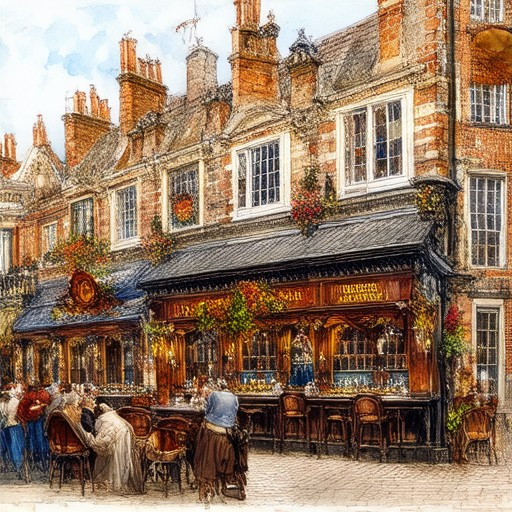
The Purpose of Taverns Among Colonists and Slaves
In the early colonial era, taverns played a multifaceted role in the daily lives of settlers and enslaved individuals. These establishments were more than just places to drink and eat; they served as vital hubs for social interaction, economic activities, and community building.
Social Gathering and Community Building
Taverns functioned as communal spaces where colonists could gather to discuss matters of importance, share stories, and engage in local governance. They fostered a sense of unity and provided a platform for the exchange of ideas. Enslaved individuals often found solace in these spaces, though their presence was limited due to societal restrictions.
Economic Activities and Trade Facilitation
As centers for trade, taverns facilitated the exchange of goods and services. They acted as meeting points for merchants, farmers, and artisans, enabling the growth of local economies. The availability of food and drink made these spots attractive destinations for travelers and locals alike, contributing to the economic vitality of settlements.
Communication and News Dissemination
Taverns also served as vital communication channels. They hosted postmasters and stagecoach drivers, allowing for the distribution of letters and packages. This made them hubs for news dissemination, connecting distant communities and keeping colonists informed about events both locally and afar.
Shelter and Warmth During Harsh Winters
During cold months, taverns provided much-needed shelter and warmth for those traveling through or residing in colonial towns. Their ability to offer lodging and meals made them essential for travelers and workers alike, particularly in regions with harsh winter conditions.
Overall, taverns were integral to the functioning of colonial society, serving as spaces for social interaction, economic activities, and community support. Their enduring legacy highlights their importance in shaping the cultural and historical landscape of early America.
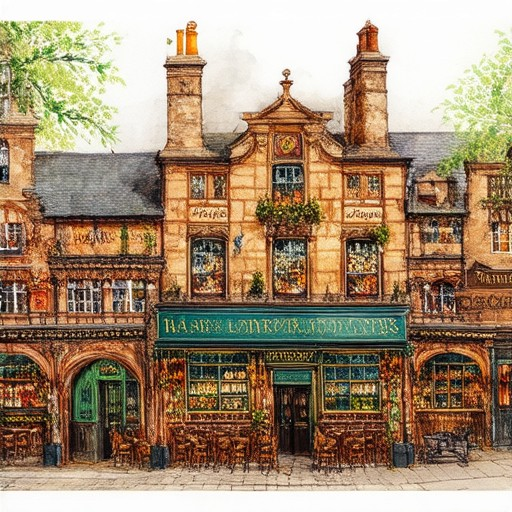
What Were Pubs Called in the 1800s?
In the 19th century, pubs were commonly referred to as “public houses.” This term became increasingly popular as the concept of the modern pub evolved. By the mid-1800s, the term “pub” itself began to gain widespread usage.
Terminology and Evolution
- The term “alehouse” gradually gave way to “public house” by the start of the 19th century.
- By the mid-1800s, “pub” had become a common designation for these establishments.
Regional Variations
It’s important to note that regional variations in naming persisted. While “pub” became the standard term, places like taverns, inns, and other local names continued to be used depending on the area and cultural context.
Examples of Pub Names
- Tavern
- Inn
- Public House
- Beer House
These names reflect the evolving nature of pub culture and its integration into daily life during the 1800s. The rise of professional landlords and the expansion of premises contributed to the establishment of pubs as vibrant community hubs.
What’s the Difference Between a Bar and a Pub?
A bar and a pub may seem similar, but they have distinct characteristics and atmospheres. Here’s a breakdown of the key differences:
Bar vs. Pub
- Setting and Purpose: A bar is typically a standalone establishment focused on serving alcohol, often in a more limited space and with a faster-paced environment.
- Food Options: While some bars offer light snacks or appetizers, many do not. Pubs, especially in the UK and Ireland, often serve full meals alongside drinks.
- Atmosphere: Bars can vary widely, ranging from casual dives to upscale lounges. Pubs generally have a more social, community-oriented atmosphere.
- Entertainment: Pubs often feature traditional British pub games like darts or pool, while bars may have live music or dance floors.
- Drink Selection: Both bars and pubs offer a variety of alcoholic beverages, but pubs may emphasize traditional beers and cask ale.
Key Differences
- Space and Layout: Pubs tend to have larger spaces suitable for groups, whereas bars are often more compact and suited for individual customers or smaller gatherings.
- Menu Offerings: Pubs typically have a more extensive menu, including meals, while bars focus primarily on drinks.
- Opening Hours: Bars may stay open later, catering to night owls, whereas pubs often have set closing hours aligned with local licensing laws.
- Cultural Significance: Pubs play a significant role in local communities, often serving as social hubs for years. Bars may cater to a more diverse clientele.
Conclusion
In summary, while both bars and pubs serve alcohol, they differ in their offerings, atmosphere, and cultural role. Choose a pub for a traditional, community-driven experience, and opt for a bar if you’re looking for a varied selection of drinks in a more relaxed setting.
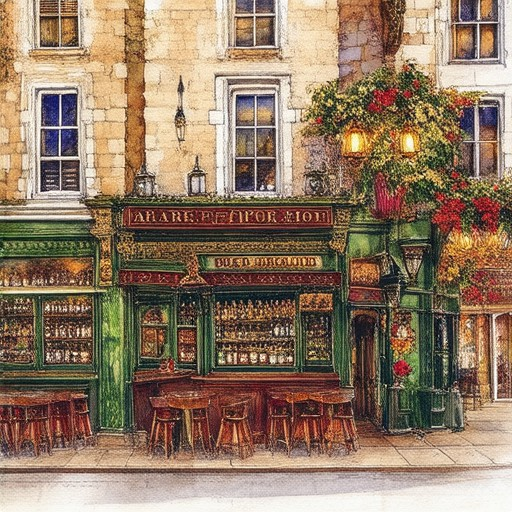
What is a Snug in a Pub?
A snug in a pub is a small, cozy drinking area that offers a more intimate and private setting compared to the main bar. These spaces are often separated from the rest of the pub, providing customers with a quieter environment to enjoy their drinks.
Snugs typically feature bench-style seating along wooden walls, creating a traditional and charming atmosphere. Some modern snugs may offer more comfortable seating options, blending old-world charm with contemporary convenience.
One of the key benefits of a snug is its ability to provide privacy, making it an excellent spot for intimate conversations or people-watching. Many snugs also offer a retreat from the bustling main area, allowing guests to relax and unwind in a more relaxed setting.
The snug’s ambiance is often enhanced by soft lighting, dark wood tones, and soundproofing, contributing to a warm and inviting atmosphere. Whether you’re looking to catch up with friends or enjoy a moment of solitude, a snug provides a unique and enjoyable experience within the pub.
In summary, a snug is a distinctive feature of many pubs, offering a blend of comfort, privacy, and social ambiance that sets it apart from the typical bar setting.
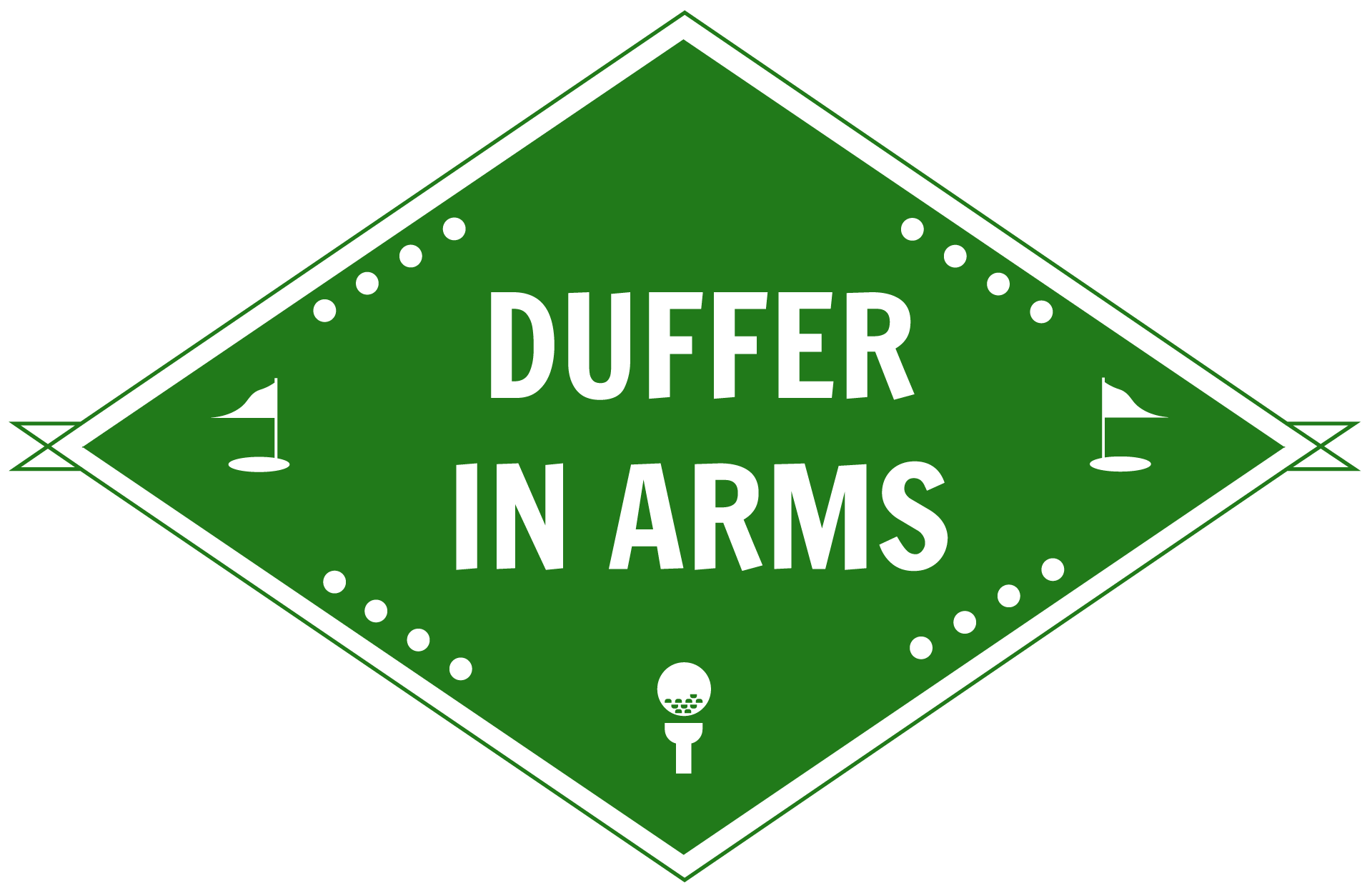
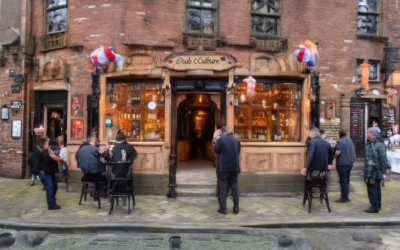
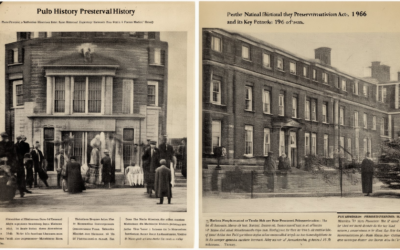
0 Comments